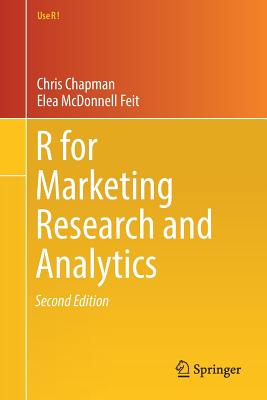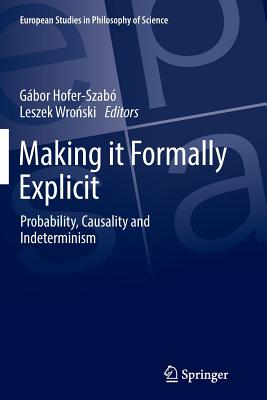What Makes Variables Random: Probability for the Applied Researcher
Veazie, Peter J.
- 出版商: CRC
- 出版日期: 2020-06-30
- 售價: $2,380
- 貴賓價: 9.5 折 $2,261
- 語言: 英文
- 頁數: 148
- 裝訂: Quality Paper - also called trade paper
- ISBN: 0367573717
- ISBN-13: 9780367573713
海外代購書籍(需單獨結帳)
相關主題
商品描述
What Makes Variables Random: Probability for the Applied Researcher provides an introduction to the foundations of probability that underlie the statistical analyses used in applied research. By explaining probability in terms of measure theory, it gives the applied researchers a conceptual framework to guide statistical modeling and analysis, and to better understand and interpret results.
The book provides a conceptual understanding of probability and its structure. It is intended to augment existing calculus-based textbooks on probability and statistics and is specifically targeted to researchers and advanced undergraduate and graduate students in the applied research fields of the social sciences, psychology, and health and healthcare sciences.
Materials are presented in three sections. The first section provides an overall introduction and presents some mathematical concepts used throughout the rest of the text. The second section presents the basic structure of measure theory and its special case of probability theory. The third section provides the connection between a conceptual understanding of measure-theoretic probability and applied research. This section starts with a chapter on its use in understanding basic models and finishes with a chapter that focuses on more complicated problems, particularly those related to various types and definitions of analyses related to hierarchical modeling.
作者簡介
Peter Veazie, PhD, is an associate professor in health services research and policy at the University of Rochester. He is the Chief of the division of Health Policy and Outcomes Research and the Director of the Health Services Research and Policy graduate programs. Dr. Veazie's research interests include the psychology of health care decision making, health outcomes, and statistical research methods.











